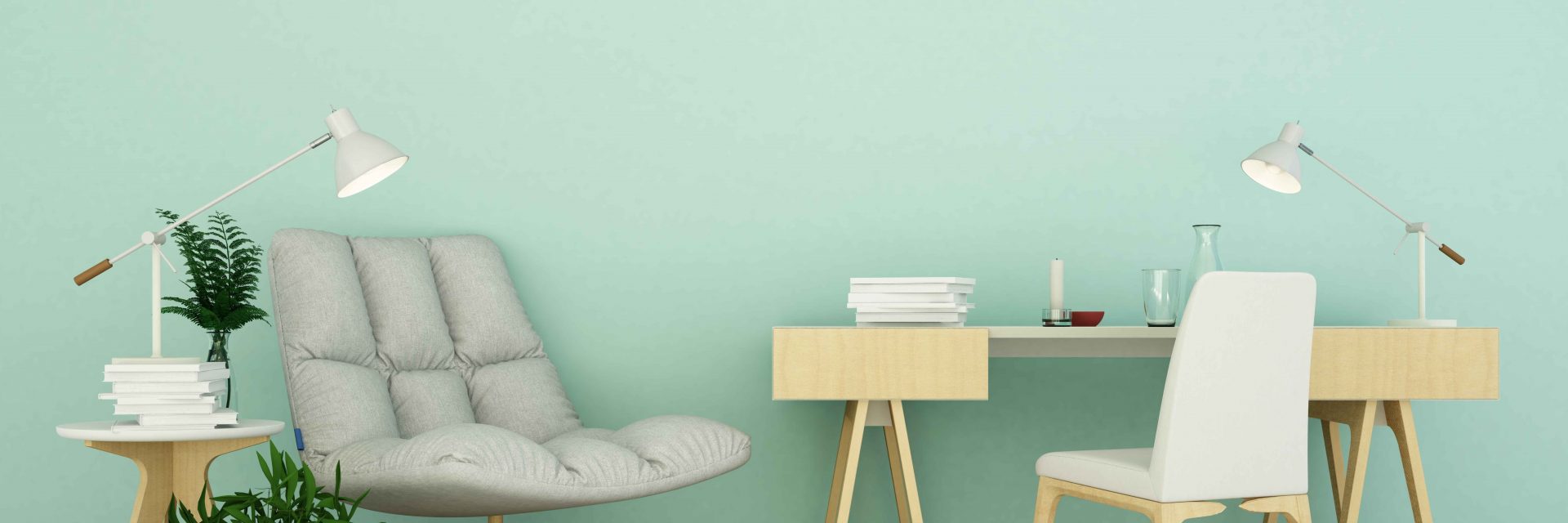Discover How Seasonal Impacts Can Impact The Performance Of Commercial External Paint And Figure Out The Most Beneficial Times To Guarantee Sturdy Results For Your Project
Discover How Seasonal Impacts Can Impact The Performance Of Commercial External Paint And Figure Out The Most Beneficial Times To Guarantee Sturdy Results For Your Project
Blog Article
Authored By-Doherty Celik
When you're preparing a business outside paint task, seasonal aspects can make or damage your outcomes. You'll want to think about exactly how temperature level and humidity effect paint application and drying out times. Selecting the appropriate period can ensure your paint adheres properly and lasts longer. Yet which seasons are genuinely the best for this kind of work? Allow's check out the crucial elements that can influence your project's success.
The Impact of Temperature on Paint Application
When you're preparing a commercial exterior painting project, the temperature level can dramatically impact how well the paint adheres and dries out.
Preferably, you intend to paint when temperatures range between 50 ° F and 85 ° F. If it's too cold, the paint might not cure effectively, resulting in problems like peeling off or splitting.
On the other side, if it's also hot, the paint can dry also quickly, avoiding appropriate attachment and resulting in an uneven finish.
painters in my area need to likewise think about the moment of day; early morning or late afternoon supplies cooler temperature levels, which can be a lot more favorable.
Always check the supplier's suggestions for the specific paint you're making use of, as they frequently offer assistance on the ideal temperature range for optimum outcomes.
Moisture and Its Impact on Drying Times
Temperature level isn't the only ecological variable that influences your industrial external painting task; moisture plays a considerable duty too. High moisture degrees can reduce drying times dramatically, influencing the general quality of your paint task.
When the air is saturated with wetness, the paint takes longer to treat, which can bring about problems like poor bond and a greater risk of mildew growth. If you're painting on a particularly humid day, be prepared for extended wait times in between coats.
It's crucial to keep track of regional climate condition and strategy appropriately. Ideally, aim for humidity degrees between 40% and 70% for optimum drying.
Maintaining these factors in mind guarantees your project stays on track and delivers a long-term coating.
Best Seasons for Commercial Exterior Paint Projects
What's the best time of year for your business external paint tasks?
Spring and early autumn are commonly your best options. Throughout these periods, temperatures are light, and moisture levels are often lower, creating excellent problems for paint application and drying.
Avoid summertime's intense heat, which can trigger paint to completely dry too swiftly, resulting in inadequate adhesion and finish. Similarly, wintertime's cold temperature levels can hinder proper drying out and curing, taking the chance of the longevity of your paint job.
Go for days with temperatures in between 50 ° F and 85 ° F for ideal results. Bear in mind to inspect the regional weather forecast for rain, as wet problems can ruin your job.
Preparation around these factors ensures your painting task runs smoothly and lasts much longer.
Final thought
In conclusion, preparing your commercial external paint jobs around seasonal factors to consider can make a significant distinction in the outcome. By organizing job throughout the excellent temperatures and moisture levels, you'll ensure much better bond and drying out times. Keep in mind to keep an eye on neighborhood weather forecasts and pick the right time of year-- spring and early autumn are your best choices. Taking professional interior painters near me will certainly help you accomplish a long lasting and specialist coating that lasts.
